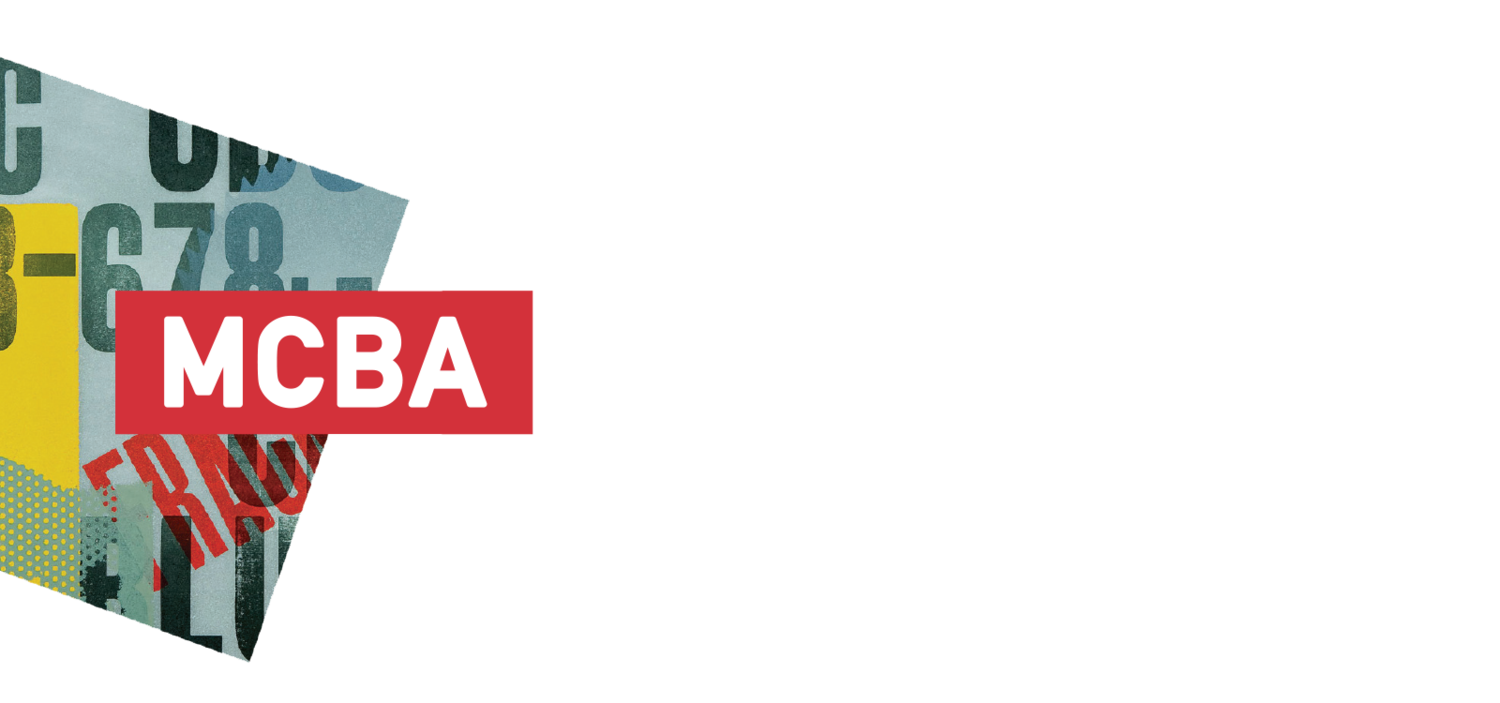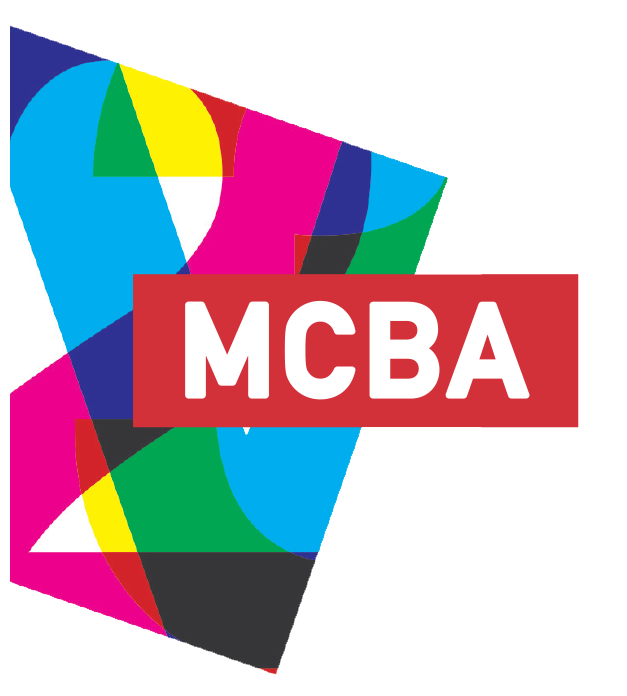Depth Capture Artist's Book by Leah Willemin
This piece is a semi-finalist for the 2024 MCBA Prize, and will be included in the 2024 MCBA Prize Exhibition from August 17th - October 12th, 2024. Pieces purchased before the end of the exhibition will ship on October 18th, 2024.
Additionally, this piece is featured in the August 2024 issue of The Fore Edge, a quarterly newsletter from MCBA that highlights new artists’ books and zines for collections, universities, and libraries. If you are interested in receiving this newsletter, there is a sign up available here.
”Peatlands cover more than 10% of Minnesota—the most of all the lower 48 states. Formed through millennia of accumulated organic matter, peatlands sequester around a third of the world’s soil carbon, though they make up only about three percent of the earth’s surface.1 Higher temperatures and drier conditions as a result of climate change threaten to disrupt this balance: The deep peat beds may begin to decompose, releasing centuries of stored carbon.
For this project I worked with the SPRUCE experiment in Northern Minnesota. There, scientists investigate the effects of climate change upon peatlands by raising the temperature and CO2 levels within enclosed areas of a bog. These enclosures represent potential futures: How might mosses, trees, bushes, fungi, and lichen all respond to higher temperatures? How will their relationships change? As my book unfolds, it depicts shifting arrangements and connections between members of the peatland ecosystem. Fully unfolded, the book takes the shape of the hexagonal enclosures at SPRUCE.
This work contemplates what it means to know a place and an ecosystem—into the future, or into the depth of the soil, or through slow observation and care. Each set of images in the book represents a way of sensing the peatland, drawing upon research data that has been generated at SPRUCE. Using LIDAR scan data, I created dimensional paper sheets representing the bog surface. These handmade paper sheets carry watermarks of plants and insects found in the bog. Some book images are from below-ground robotic scans of tiny root systems and mycorrhizal fungal networks, and others from webcam shots of the bog. I observed the bog through these programmatic captures before visiting to create a set of in-person sketches, which reflect my own sensing and movement through the site.
The 3D form of this book mimics the depth of a bog and invites the viewer to consider what is not seen, or what is hidden within. In a literal sense, the depth of water and peat that store carbon in a bog are not visible from the surface. But wetlands themselves are also often overlooked and poorly understood. The complex life they support is not always flashy, but instead demands quiet and close attention.” -Leah Willemin
32” x 5” x 8.5”
*Consignment item. Not eligible for 10% membership discount. All consignment purchases are final and non-refundable once shipped.
This piece is a semi-finalist for the 2024 MCBA Prize, and will be included in the 2024 MCBA Prize Exhibition from August 17th - October 12th, 2024. Pieces purchased before the end of the exhibition will ship on October 18th, 2024.
Additionally, this piece is featured in the August 2024 issue of The Fore Edge, a quarterly newsletter from MCBA that highlights new artists’ books and zines for collections, universities, and libraries. If you are interested in receiving this newsletter, there is a sign up available here.
”Peatlands cover more than 10% of Minnesota—the most of all the lower 48 states. Formed through millennia of accumulated organic matter, peatlands sequester around a third of the world’s soil carbon, though they make up only about three percent of the earth’s surface.1 Higher temperatures and drier conditions as a result of climate change threaten to disrupt this balance: The deep peat beds may begin to decompose, releasing centuries of stored carbon.
For this project I worked with the SPRUCE experiment in Northern Minnesota. There, scientists investigate the effects of climate change upon peatlands by raising the temperature and CO2 levels within enclosed areas of a bog. These enclosures represent potential futures: How might mosses, trees, bushes, fungi, and lichen all respond to higher temperatures? How will their relationships change? As my book unfolds, it depicts shifting arrangements and connections between members of the peatland ecosystem. Fully unfolded, the book takes the shape of the hexagonal enclosures at SPRUCE.
This work contemplates what it means to know a place and an ecosystem—into the future, or into the depth of the soil, or through slow observation and care. Each set of images in the book represents a way of sensing the peatland, drawing upon research data that has been generated at SPRUCE. Using LIDAR scan data, I created dimensional paper sheets representing the bog surface. These handmade paper sheets carry watermarks of plants and insects found in the bog. Some book images are from below-ground robotic scans of tiny root systems and mycorrhizal fungal networks, and others from webcam shots of the bog. I observed the bog through these programmatic captures before visiting to create a set of in-person sketches, which reflect my own sensing and movement through the site.
The 3D form of this book mimics the depth of a bog and invites the viewer to consider what is not seen, or what is hidden within. In a literal sense, the depth of water and peat that store carbon in a bog are not visible from the surface. But wetlands themselves are also often overlooked and poorly understood. The complex life they support is not always flashy, but instead demands quiet and close attention.” -Leah Willemin
32” x 5” x 8.5”
*Consignment item. Not eligible for 10% membership discount. All consignment purchases are final and non-refundable once shipped.
This piece is a semi-finalist for the 2024 MCBA Prize, and will be included in the 2024 MCBA Prize Exhibition from August 17th - October 12th, 2024. Pieces purchased before the end of the exhibition will ship on October 18th, 2024.
Additionally, this piece is featured in the August 2024 issue of The Fore Edge, a quarterly newsletter from MCBA that highlights new artists’ books and zines for collections, universities, and libraries. If you are interested in receiving this newsletter, there is a sign up available here.
”Peatlands cover more than 10% of Minnesota—the most of all the lower 48 states. Formed through millennia of accumulated organic matter, peatlands sequester around a third of the world’s soil carbon, though they make up only about three percent of the earth’s surface.1 Higher temperatures and drier conditions as a result of climate change threaten to disrupt this balance: The deep peat beds may begin to decompose, releasing centuries of stored carbon.
For this project I worked with the SPRUCE experiment in Northern Minnesota. There, scientists investigate the effects of climate change upon peatlands by raising the temperature and CO2 levels within enclosed areas of a bog. These enclosures represent potential futures: How might mosses, trees, bushes, fungi, and lichen all respond to higher temperatures? How will their relationships change? As my book unfolds, it depicts shifting arrangements and connections between members of the peatland ecosystem. Fully unfolded, the book takes the shape of the hexagonal enclosures at SPRUCE.
This work contemplates what it means to know a place and an ecosystem—into the future, or into the depth of the soil, or through slow observation and care. Each set of images in the book represents a way of sensing the peatland, drawing upon research data that has been generated at SPRUCE. Using LIDAR scan data, I created dimensional paper sheets representing the bog surface. These handmade paper sheets carry watermarks of plants and insects found in the bog. Some book images are from below-ground robotic scans of tiny root systems and mycorrhizal fungal networks, and others from webcam shots of the bog. I observed the bog through these programmatic captures before visiting to create a set of in-person sketches, which reflect my own sensing and movement through the site.
The 3D form of this book mimics the depth of a bog and invites the viewer to consider what is not seen, or what is hidden within. In a literal sense, the depth of water and peat that store carbon in a bog are not visible from the surface. But wetlands themselves are also often overlooked and poorly understood. The complex life they support is not always flashy, but instead demands quiet and close attention.” -Leah Willemin
32” x 5” x 8.5”
*Consignment item. Not eligible for 10% membership discount. All consignment purchases are final and non-refundable once shipped.
Leah Willemin (she/her) is a St. Paul-based artist and designer working with craft, technology, and performance. She makes projects that explore the interaction between large-scale systems and individual experience. Leah is interested in tool-making, material histories, and teaching. Her work has been exhibited at MCBA, Northfield Arts Guild, and the University of Aalto, and has been acquired by the Minnesota Historical Society. She currently teaches at the Minneapolis College of Art and Design.
Instagram: @Idea_Leah_

























